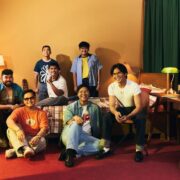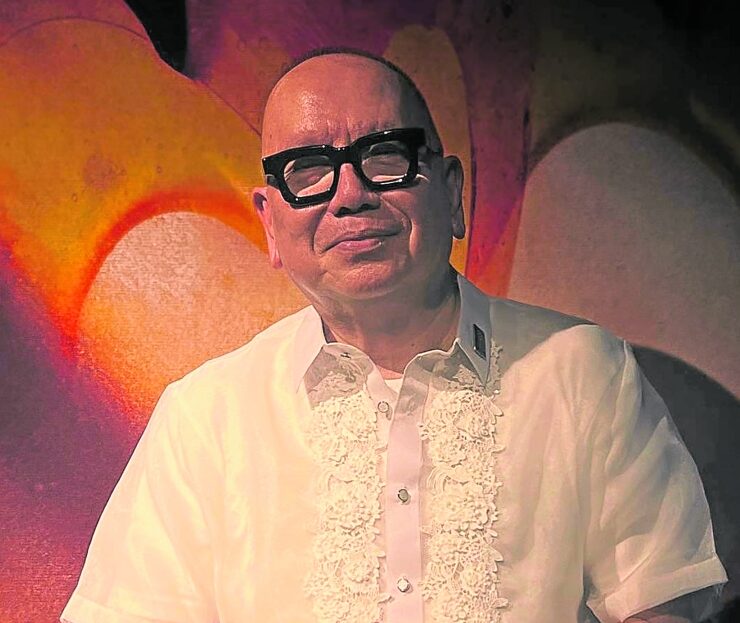JT Trinidad’s ‘Honey, My Love So Sweet’ portrays love in its purest form
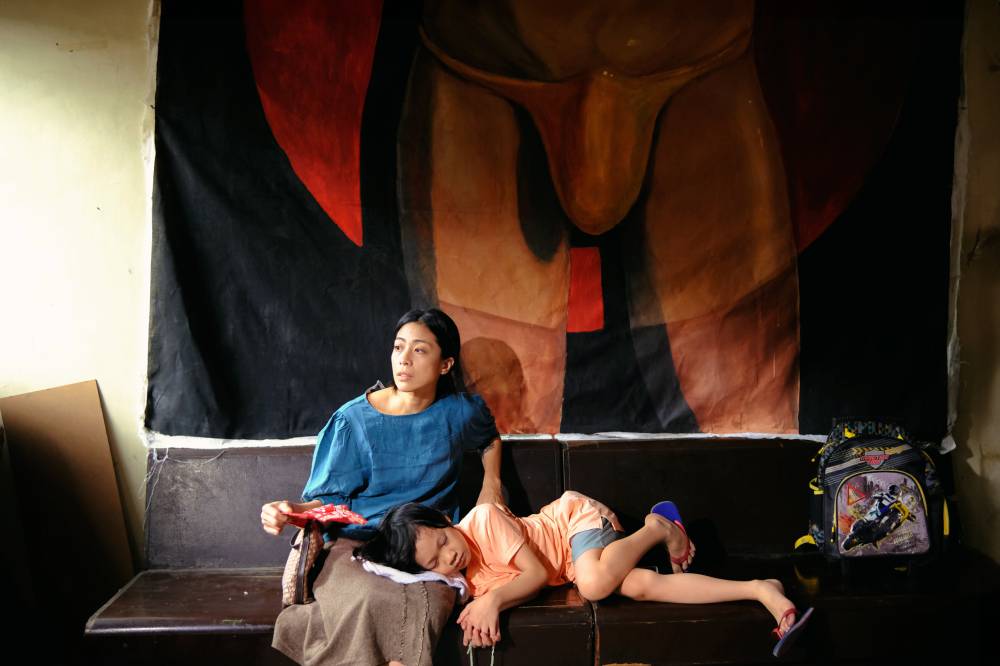
What does it mean to love? For some, it is the expected result of our biological need for companionship. It is the reproducible product of a series of chemical and physiological responses made to simulate the feelings of “kilig”—the butterflies in our stomachs, when put into words. We’re social creatures after all. For others, it is the single greatest thing we can do in our time on Earth.
For a child, nothing more than a simple yet inexplicable feeling to act upon. It’s as easy as breathing or eating. To love is to love. Nothing more, nothing less.
JT Trinidad’s “Honey, My Love So Sweet” explores the innocence behind a child’s interpretation of love.
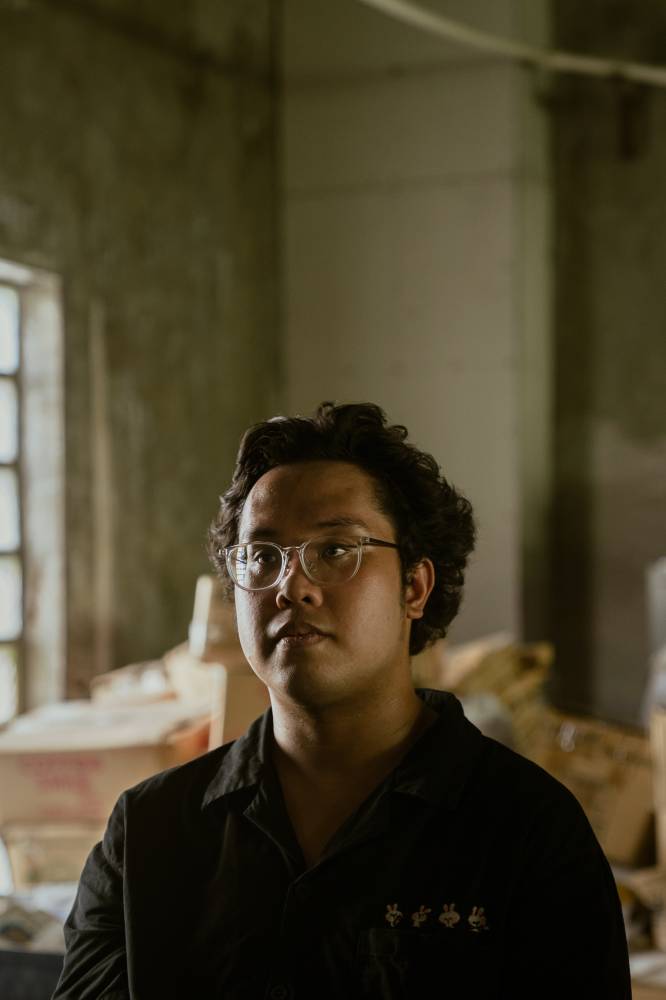
This coming-of-age short film, which premiered at this year’s Locarno Film Festival, follows Life (Kian Co) and his mother Martha (Mina Cruz) as they begin living at Times Theater together with projectionist Marco (Manuel Tinio) and his son Gab (Marcus Timbas). Against the backdrop of one of the oldest cinemas in the country, Life comes to understand the meaning of love through both film and Marco.
The short film was selected under the festival’s Pardi di Domani, Concorso Internazionale section. “Honey, My Love So Sweet” was also notably Trinidad’s thesis project.
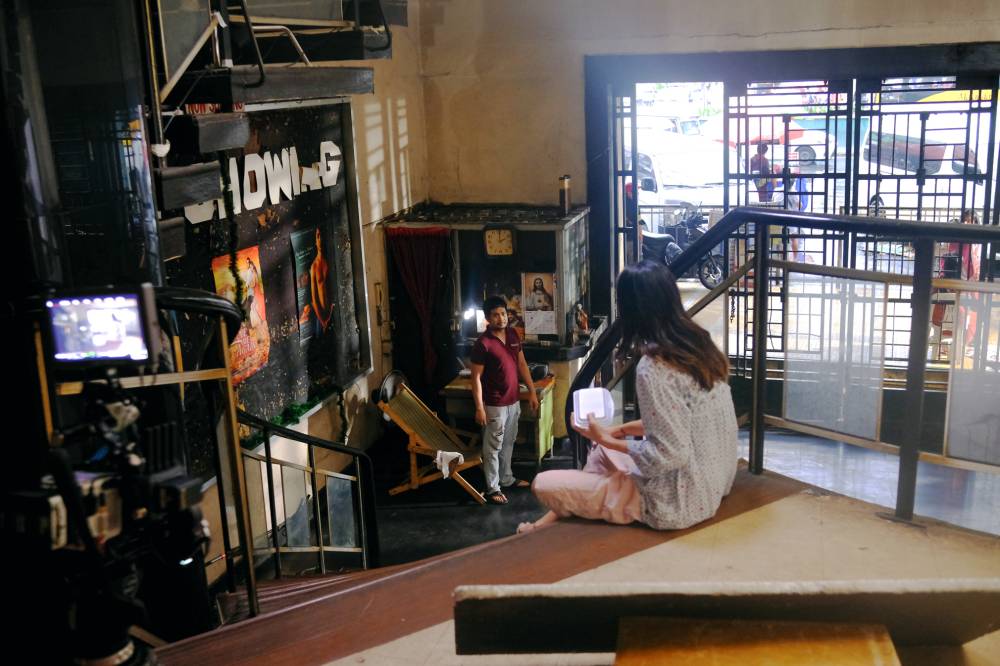
Safe spaces
The question “Paano mo bang masasabing mahal mo ang isang tao?” is repeatedly asked throughout the short film.
On one end, a movie Life watches in the cinema refers to it as longing for a particular person. Meanwhile, Marco assigns it to his physical preferences in a woman. And Life, looking at his mother’s experience with his absent father, sees it as the desire to ensure someone’s happiness without considering one’s own.
Love, in this perspective, is identified—the inexplicable made explicable—through the help of one’s surroundings.
Trinidad, who wrote “Honey, My Love So Sweet” with Times Theater in mind, treats the pre-war cinema as a character responsible for shaping its inhabitants. “It’s really about the places that shape us, and the places that we shape. I treat this space not only as a tangible space that we inhabit but also as a space where we grow,” says Trinidad.
“I imagine a place kung saan pwedeng maging bata ang mga bata,” they add.
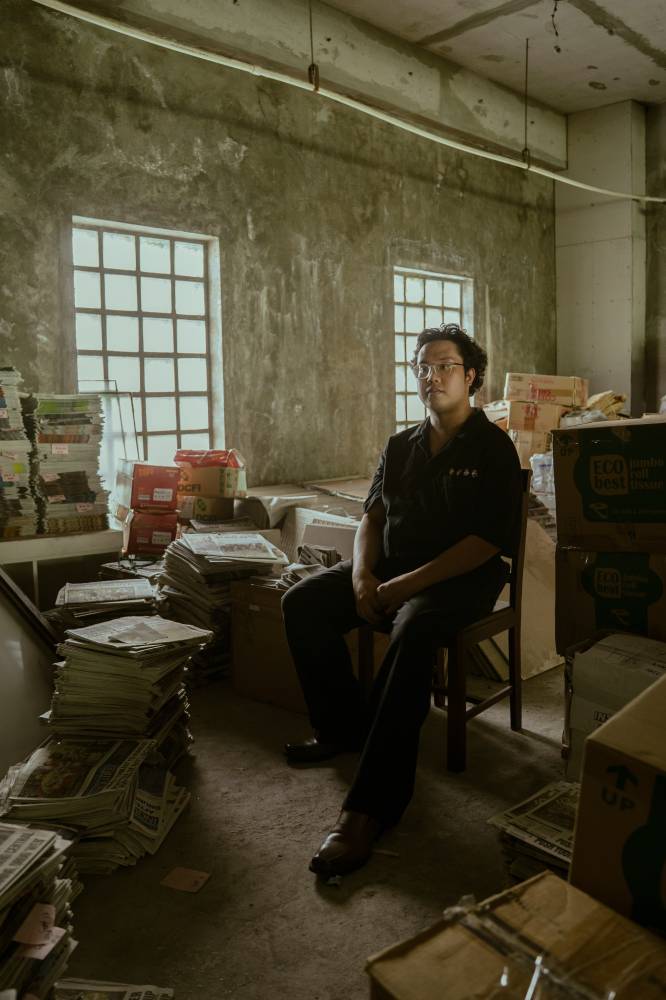
Letting children be children
Trinidad explains that they wrote the short film with the intent to reclaim the traumatic narratives they and the LGBTQIA+ community experienced. They didn’t want to merely settle for retelling that trauma—but instead, reshape those memories in the image of his desired future.
“I wanted to reimagine the possible world that we can give to our children in the future. It’s a space where you allow them to be children. At the end of the day, we always treat them as something naive—which I feel has been a problem in representation in Philippine cinema—pero, children have their own agency and are capable of deciding for themselves.”
In the film, Trinidad also shares that the character’s identity was never a problem, nor was it even a topic of conversation. “It just so happens that they are part of the LGBTQIA+ community.”
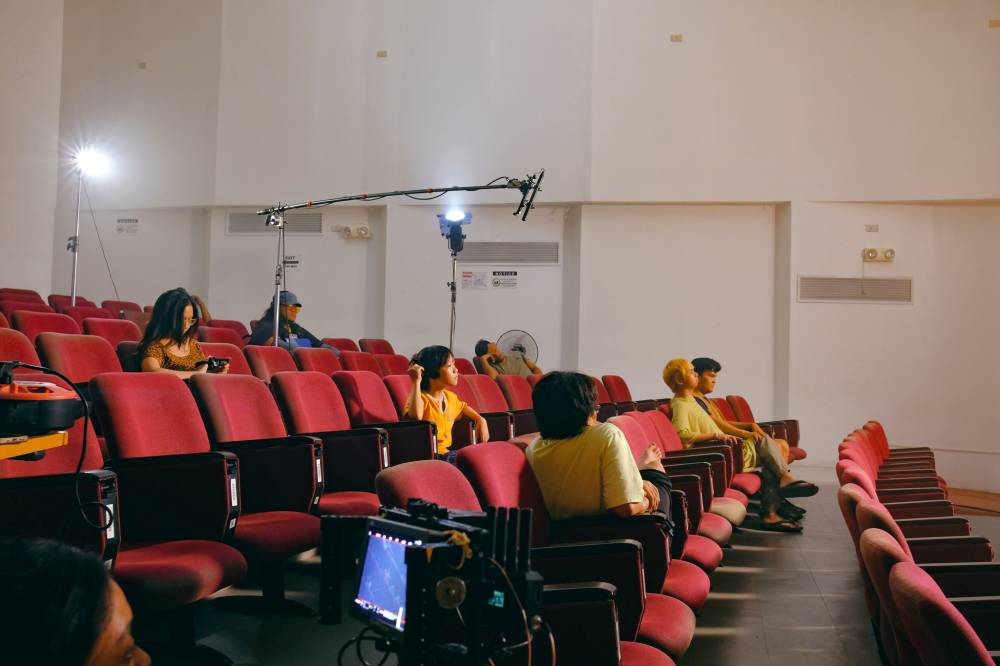
Love here is depicted in its purest, most unadulterated form. It just is—their identity and preferences as matters of fact, not an example of what not to be. It’s bringing love back to childlike innocence and wonder.
But Trinidad also hopes the film can comfort those encountering something similar. “I want to make them feel na parang niyayakap sila—to comfort them and to tell them na ‘if they think na, they’re not being true to themselves, it’s never too late, even if they’re old.’”
“Yung nilagay ko sa dulo ng pelikula, ‘para sa mga taong hindi naging tayo, para sa mga taong pwede pang maging tayo.’ We can be a lot of things, even if we think we’re too late for that,” they add.
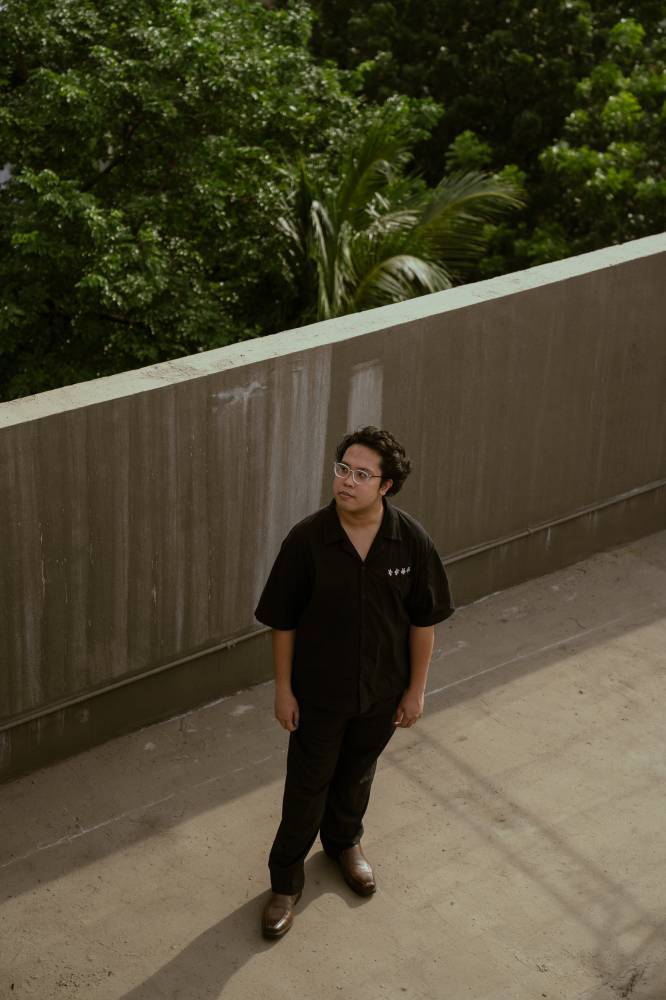
Potential in young Filipino filmmakers
At 24 years old, Trinidad is proof that age isn’t a barrier to international recognition, all the more, that even school projects can be premiered on the world stage.
“Don’t believe those who say na kailangan mo ng maraming pera para makagawa ng pelikula,” he says. “Kung may cell phone ka or anything that can produce an image, try to experiment with that and work with what you have. That’s something that people cannot buy. Resourcefulness—not to romanticize it—but to keep creating amid challenges is a form of resistance.”













